
6 Things You’ll Learn at the CMS Deductive Tasting Workshop
Master the art of blind tasting with tips on palate calibration, memorizing the CMS grid, and the importance of consistent practice and group feedback.
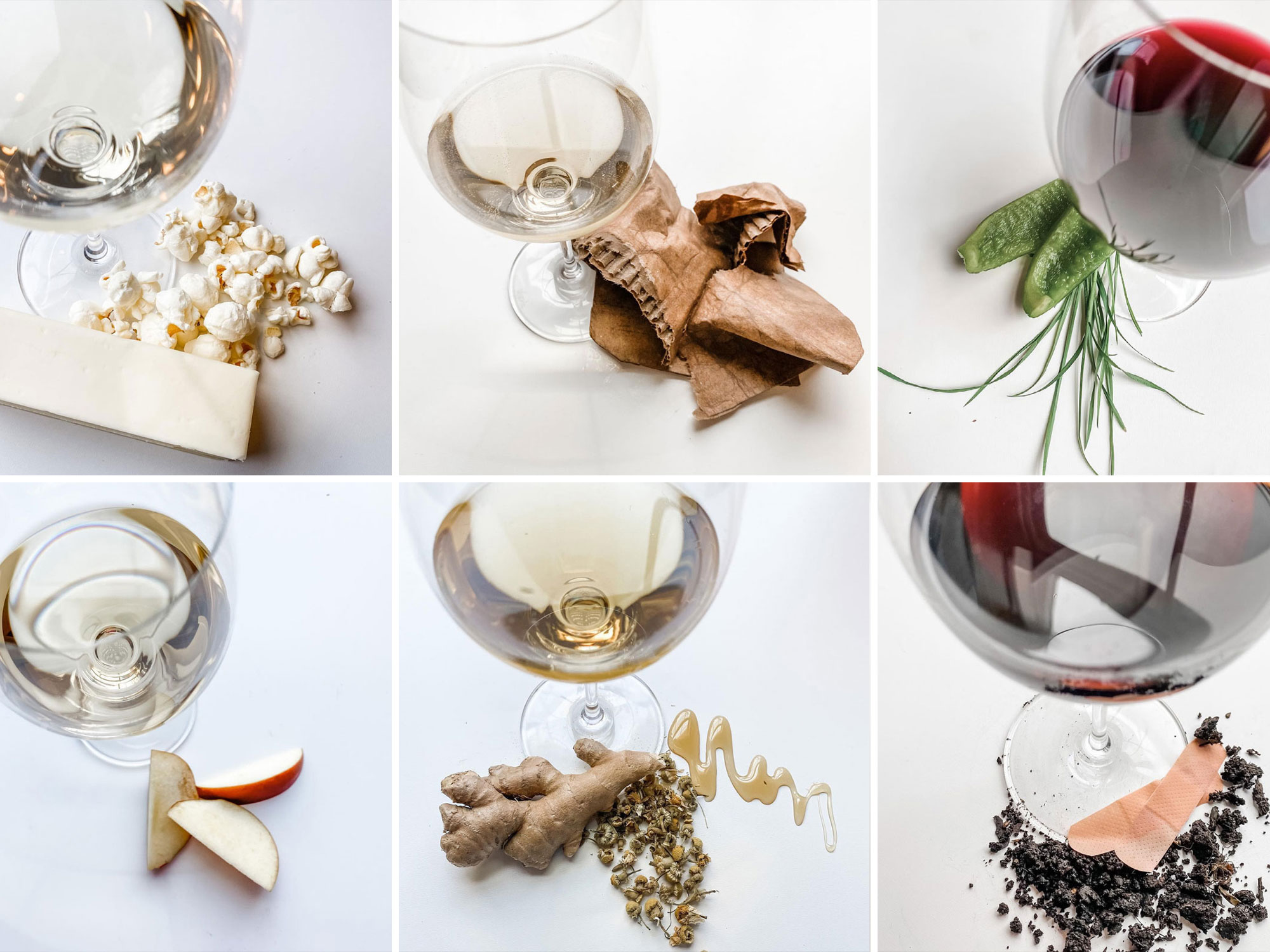
FLAVORS, FLAWS, + FAULTS: What are they and where do they come from?
There are loads of chemical compounds in winemaking that lead to a lot of the aromas and flavors we pull from wine. Usually, fermentation transforms these compounds into wonderful flavors. However, some compounds (or high concentrations of certain compounds) can cause very unpleasant aromas and flavors.
These are known as FLAWS when they are in small amounts and FAULTS when they are undrinkable.
Here is a brief guide to some of the most talked-about flavors (+flaws/faults) in the wine world!
First off, let’s clarify these:
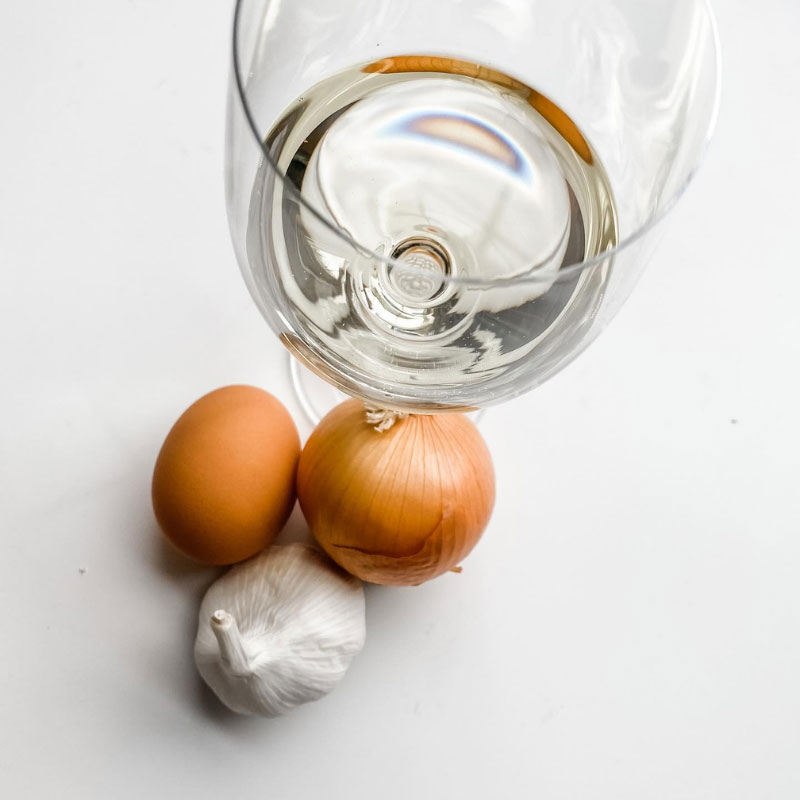
Breaking up sulfur compounds…
✨SULFUR: This is the basic element. It’s used as a fungicide in the vineyard (as a powder or spray)
🔥SULFITES…AKA SULFUR DIOXIDE (SO2): These two terms mean the same thing. This is the gas that is released during the burning/combustion of (the above) sulfur. It is then added as a liquid, gas, or powder to the grape juice at any point during winemaking to preserve the wine and protect it from oxidation. Sulfur Dioxide is ALSO produced naturally by yeast during fermentation
☠️SULFIDES: this is the term used when sulfur compounds are created that are volatile and associated with A FAULT, for example:
▪️Hydrogen Sulfide: a complete lack of oxygen, often when a tank rests too long (can be a problem for screw caps) – smells like rotten eggs
▪️Mercaptan: a combination of sulfur and ethanol – smells like garlic or onions 🧅🧄
▪️Too much SO2/too many SULFITES: smells like burnt matches and can cause a burning sensation in the nose and throat …but typically won’t give you as much of a headache or hangover as too much alcohol present in that wine will 😉
Side note: Sulfur is the preferred spelling in North America, but you may also see it spelled Sulphur in the UK and other countries!
Compounds found in/on the grape BEFORE fermentation:

Everything fruity and floral!
▪️Terpenes are a broad category of aromatic compounds found in most flowers, fruits, and plants (which can be broken down into more specific compounds called ‘monoterpenes’)
▪️There are over 4,000 in the world and up to 75 found in grapes and wine!
▪️Some of the major monoterpenes found in wine (linalool, geraniol, and citronellol) are associated with aromas of pine🌲, herbs🌱, florals🌼, and citrus🍊
▪️Terpenes are usually present in small concentrations, but have a huge impact on our senses!
▪️The highest concentrations are found in the SKIN
▪️All grapes have terpenes (and the amount can depend on many factors), but the varieties known to show more are “aromatic varieties” such as Gewürztraminer, Muscat, Torrontés, Riesling, and even reds such as Grenache, Syrah, and Cabernet Franc
Fun Fact: Terpenes are also one of the main components of essential oils and are often found in soaps and shampoos
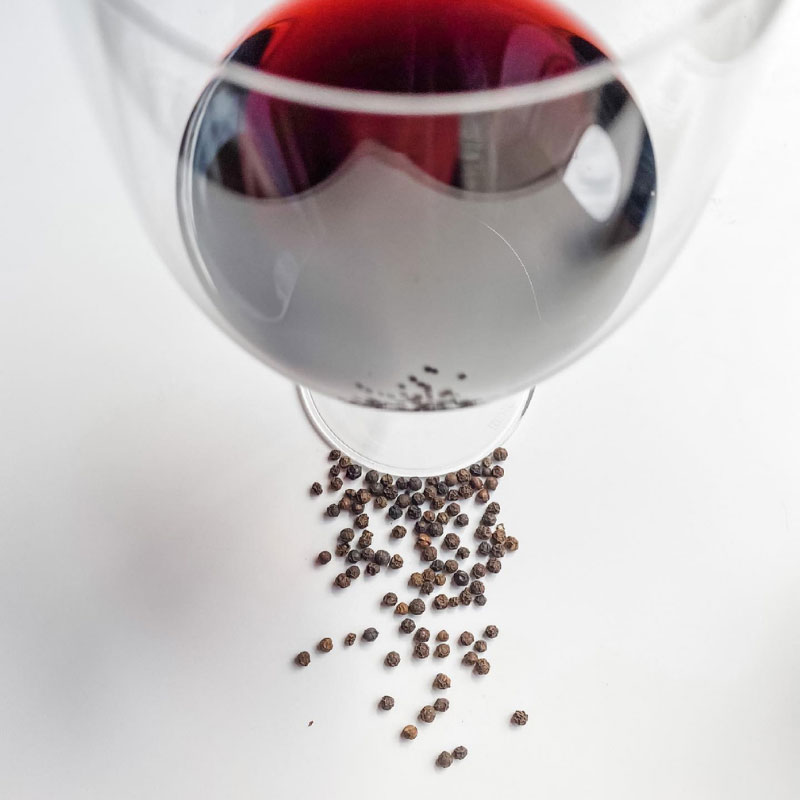
Why some wines have peppery notes!
▪️This is a subcategory of the last compound (Terpenes)
▪️It smells mostly like peppercorns (black, white, and pink!) (you also can get whiffs of herbs like rosemary, basil, thyme, or oregano)
▪️You’ll find this one in varieties like Syrah (and sometimes Cabernet Sauvignon) as black pepper – and Grüner Veltliner (and sometimes Viognier) as white pepper

Those green notes…
(methoxypyrazine is the full name)
▪️A compound that causes an herbal/savory/green aroma in specific varieties
▪️Most commonly found in the Bordeaux varieties (Cabernet Sauvignon, Merlot, Cabernet Franc, Carménère …and Sauvignon Blanc)
▪️The intensity can vary between the specific grapes (Carménère has some of the highest concentrations) but also due to cooler climates, early harvests, or poor canopy management
▪️In Sauvignon Blanc this compound can smell like bright herbs (sweet basil or fresh parsley), jalapeño peppers, or asparagus
▪️In red wines this compound can smell like green bell pepper, olives, and mint!
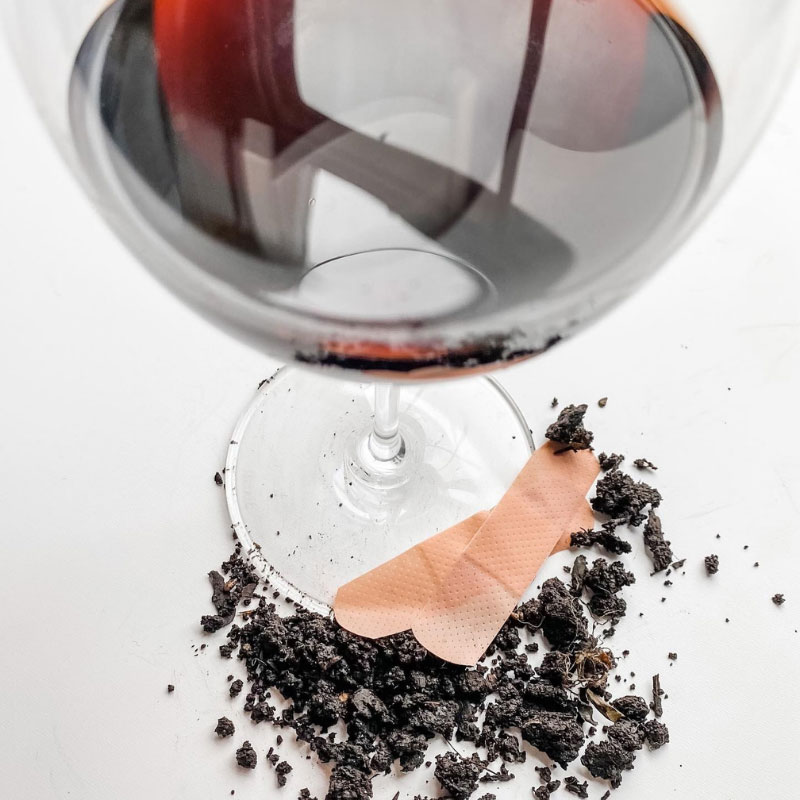
That “barnyard” thing people talk about!
▪️Created by natural/wild yeasts from the soil (or that form in the cellar) and are very difficult to control
▪️In small amounts these strains of yeast create good “meaty” and “smoky” notes …bacon anyone?
▪️Faulty notes (too much Brett) can smell like wet dog, sweat, funky cheese, barnyard, and band aids
▪️Brettanomyces or “Brett” can be pleasing or add to the complexity of a certain classic style of wine, like some Rhône Valley reds, Bordeaux blends, and other “old world” styles
▪️What is considered too much or too little is entirely up to the winemaker or drinker
▪️However, too much Brett will cover up/overpower many of the other flavors and nuances in the wine!
Side note: Brettanomyces is typically only found in red wines. It’s certainly considered a flaw if found in white wines …and you also won’t find it in sparkling wines!

That yummy Noble Rot!
▪️This is a type of bunch rot, essentially a fungus that shrivels and decays wine grapes (“yummy”)
▪️It requires warm weather and 90% humidity to germinate
▪️If it invades healthy ripe white grapes under favorable conditions, it will dry out the grape and concentrate the grape sugars
▪️However, the fungus can also break down grape skin and allow yeasts and bacteria to eventually rot the grape
▪️Smells like honey, honeysuckle, chamomile, marmalade, toffee, caramel, ginger, or curry
▪️Best found in dessert wines such as Sauternes, Hungarian Tokaji, and late harvest wines from Germany and Austria
Side note: You can also find botrytis-affected dry styles of wine but it’s not as common and can taste quite earthy or (dare I say) funky!

wait… wine can smell like gasoline?
TDN (1, 1, 6, -trimethyl-1,2-dihydronapthalene)
▪️This one is the reason many are able to pull a petrol aroma in Riesling (TDN smells like kerosene or gasoline)
▪️The sensory threshold for this compound is around 2ug/L but aged Riesling can have levels as high as 50ug/L (studies vary on the exact threshold)
▪️This compound exists in all international varieties and in both red and white wines: it’s widely prevalent in Sauvignon Blanc, Chardonnay, Pinot Noir, and Cabernet Sauvignon but at levels close to the 2ug/L threshold
▪️There are precursors to TDN called carotenoids (the higher the level, the more TDN in the wine) There are also precursors that can release TDN during aging!
▪️TDN precursors typically increases with exposure to sunlight, and water stress as well as age after bottling!
▪️At low levels TDN is lovely and delicious, but at a high concentration, TDN can dominate the wine and become a “fault”
…There is still lots of information to be gathered on TDN, but it’s pretty recognizable in Riesling and a benchmark descriptor in a blind tasting!
Compounds created/enhanced DURING/AFTER fermentation:
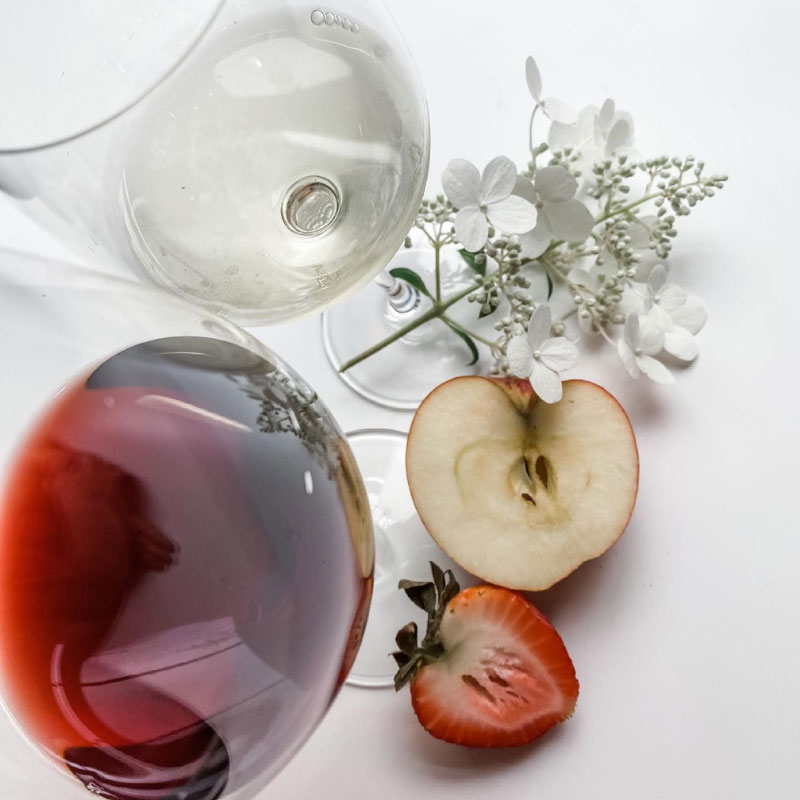
Some of the most pleasing notes!
▪️Compounds that create the pleasing fruity and floral flavors in your wine (basically some of the most delightful!)
▪️Smells like apple, banana, citrus, pineapple, strawberry, raspberry, a bouquet of flowers …the list goes on and on
▪️MOST are created during fermentation (very few are found in the fruit)
▪️These compounds degrade over the course of a year and are most intense in freshly fermented wines …which means you are more likely to notice them in youthful wines
▪️The type of yeast, as well as warm vs cool fermentations, can affect the esters produced
Side note: Certain esters that are grouped together can create a totally different aroma from what they smell like individually

Tropical, leafy, and bittersweet!
▪️This one is a sulfur-containing compound (see sulfur/sulfites below)
▪️These compounds are not really found in the grape itself but are formed from precursors in the must by action from the yeast
▪️Volatile thiols are responsible for pleasing aromas like:
🍋bittersweet fruit/citrus
🥭tropical fruit
🥬sometimes ‘green’ or leafy aromas
▪️If these get too high, however, they can be undesirable and smell like sweat and cat pee…and garlic (faulty)
▪️One of the major varieties known for thiols is Sauvignon Blanc, but they can form in other varieties such as Riesling, Semillon, Cabernet Sauvignon, and Merlot
Side note: Thiols mixed with other compounds can add to ‘green’ flavors in the wine. So other impact compounds (esters, pyrazines, etc.) can affect thiols and play into the final aroma of the wine
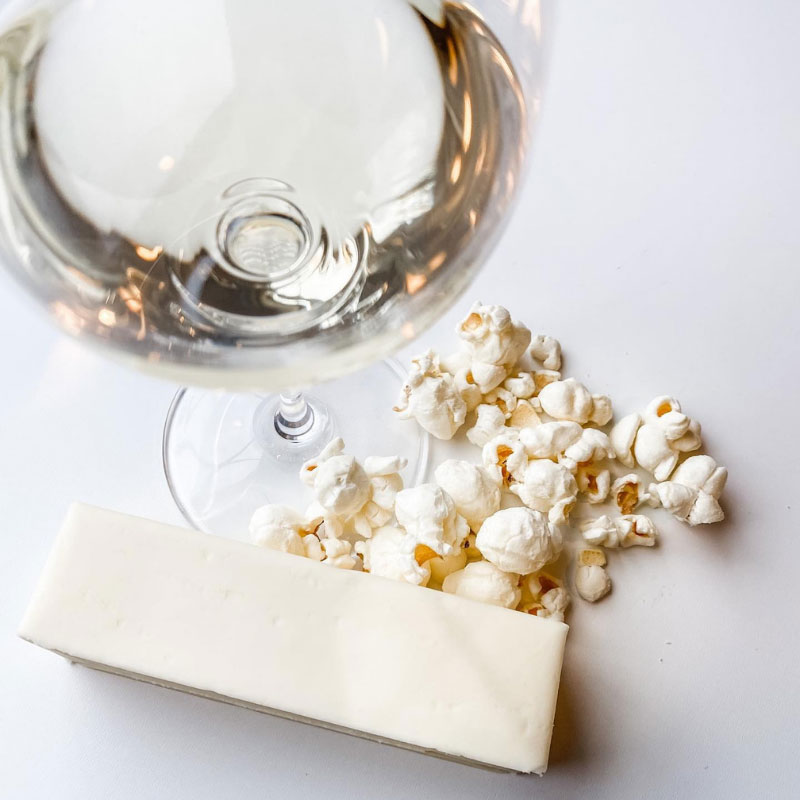
All the butter!
▪️This is one that is rarely ever a fault but can be a flaw or deviate from the intended style of the wine
▪️It is a compound and byproduct of Malolactic Fermentation (which is a process that converts malic (tart) acid to lactic (soft) acid) during winemaking (For wines that are intended to be fresh and crisp, this is no good!)
▪️It smells like BUTTER! (In fact, it’s the same compound you’d find in movie theater buttered popcorn!) …and also described as pungent, earthy, sweet, and creamy
▪️Too much can lean towards sour milk, or just cause a wine to taste “flat”
▪️You will most often find this in Chardonnay as well as some Viognier and Chenin Blanc
Side note: Although oak can impart a rich vanilla flavor, most of the buttery aromas/notes in many rich Chardonnay wines are from diacetyl/Malolactic Fermentation

Why people say “this wine is CORKED!”
▪️Also known as TCA or 2,4,6-Trichloroanisole, this is one of the most common compounds
▪️It is caused by mold that grows on oak trees and usually gets to the wine by way of an infected cork, however, it can be present in the winery + on winemaking parts as well …so screwcaps are still susceptible
▪️It smells like wet cardboard, wet dog, dank basement (musty/moldy), and it’s pretty easy to recognize at a low threshold
▪️In small amounts it can ‘mute’ the pleasant aromas and flavors of a wine
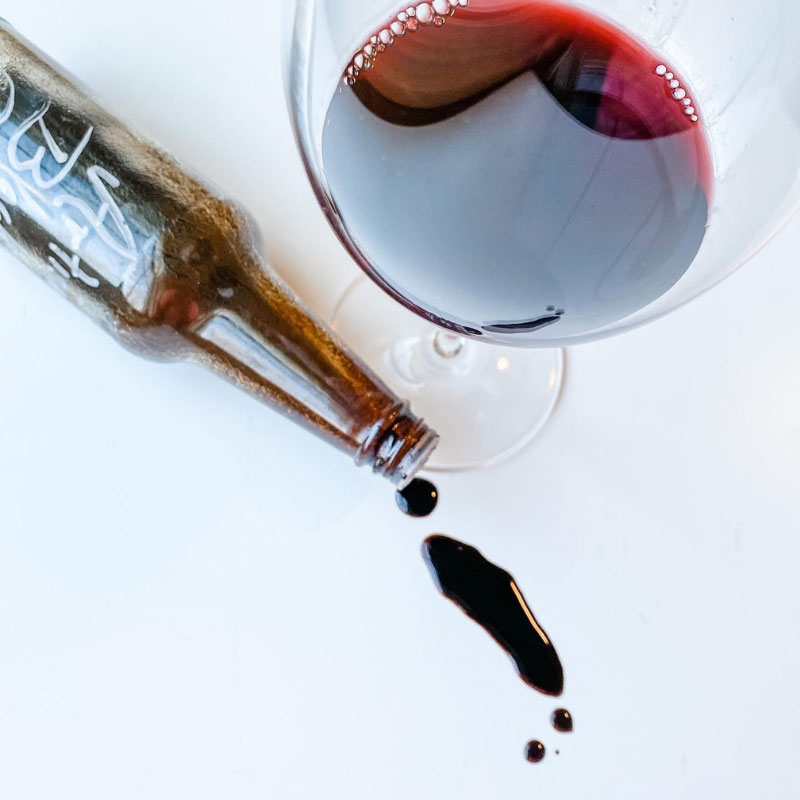
When wine starts to mimic vinegar…
Another common one, also known as VA (Volatile Acidity)
▪️This is created during fermentation
▪️It smells like vinegar! A bit sweet and a bit sour
▪️In small amounts, VA can be pleasing or add to the complexity of a certain classic style of wine, like some Bordeaux, Rioja, or Barolo wines… a little can smell “flowery” and “pretty”
▪️However, sometimes bacteria can convert alcohol into too much of it, and it’s considered a fault! …Nobody likes a wine that tastes like complete vinegar!
Side note: ‘Volatile’ means that the compounds evaporate easily …and contribute greatly to the aroma of the wine!

When the alcohol in wine is exposed to air…
▪️ Aldehydes are oxidized alcohols (when the wine is exposed to air) Acetaldehyde is the most common, and formed by the oxidation of ethanol
▪️ It usually forms after primary fermentation and if the wine is exposed to air. SO2 or sulfur can help prevent it!
▪️ Smells like FUNKY CIDER, bruised fruit, and stinky socks when there’s too much
▪️ Acetaldehyde’s are encouraged in Sherry/Madeira/Port and in small amounts can add a complex green apple and nut character
Winemaking styles:

Not a compound but a style!
REDUCTION = When oxygen is restricted or absent in the winemaking process (the opposite of oxidation)!
It’s actually a much ‘newer’ term thrown around to describe a STYLE OF WINEMAKING (not necessarily the wine itself).
The goal of reduction is to retain the fresh fruit flavors and bright clean aromas of the wine, as well as preserve the color.
It usually happens during cooler, slower fermentations done in stainless steel or closed tanks. Ambient/native yeasts can also lead to more reductive styles.
As with many styles of wine, whether reduction is considered ‘good’ or ‘bad’ comes down to personal taste and balance! Some positive aromas can be noticed like struck match, gun flint, and leafy notes, but too much can lead to negative aromas like rotten eggs and cabbage. Sometimes it’s just a whiff and sometimes it lingers just a little too much and can be considered a “fault”! 🕯🥬🧄🥚
▪️Reduction doesn’t necessarily apply to specific varieties, but more so to what the winemaker chooses to do with the wine. However, you may find more reductive styles in Sauvignon Blanc blends from Bordeaux and some barrel-fermented Chardonnay, as well as Syrah.
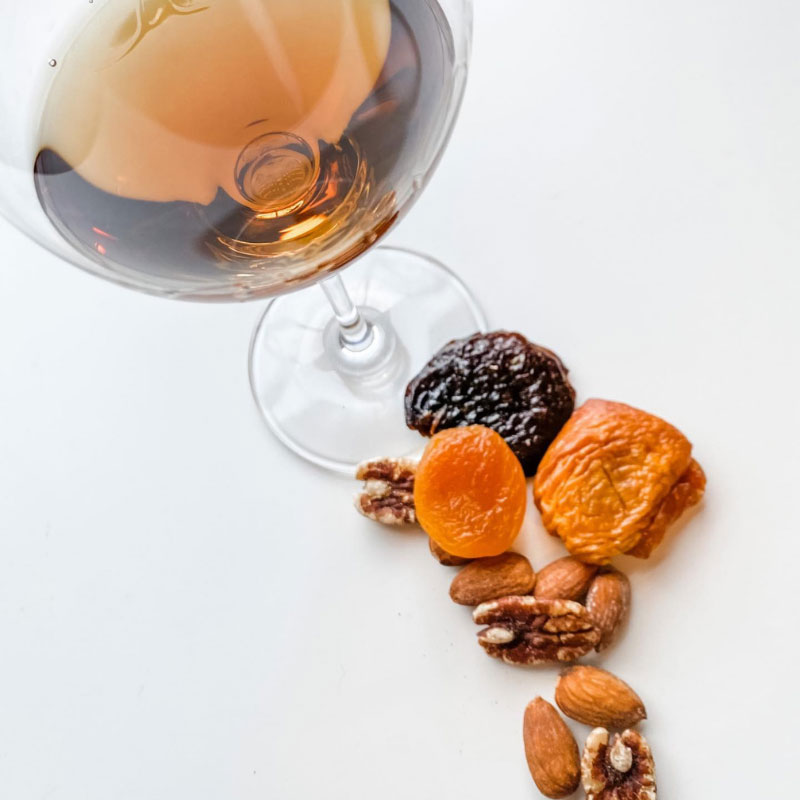
Not a compound but a style!
OXIDATION = When a wine comes in contact with oxygen during winemaking or aging (the opposite of reduction)!
Although it can be considered a fault, it is also a popular winemaking technique. It can happen naturally before fermentation, or while aging …or if there’s a faulty cork, or a bottle has been left open for too long!
As with many styles of wine, whether oxidation is ‘good’ or ‘bad’ comes down to personal taste and just how much!
The yummy characteristics oxidation can showcase include notes like raisins, hazelnuts, umami, and other savory flavors.
Negative notes (that are considered faults) happen when the wine has matured too much (sometimes too soon) and loses its vibrancy in color and flavor. It can also smell like wet dog and stinky overcooked fruit…
Any variety can show oxidation, but common examples include barrel-aged wines and wines with open tank fermentations
-sherry is a major example
-also orange wines AND yellow wines from the Jura (Vin Jaune)
There you have it! Have you experienced all of these?


Master the art of blind tasting with tips on palate calibration, memorizing the CMS grid, and the importance of consistent practice and group feedback.

Discover six lesser-known grape varieties that offer distinctive flavors and are worth exploring beyond the classics.

Trends bubbling beneath the surface: native grapes, bold vessels, mindful drinking, smaller producers rising, language evolving.
No matter your current skill level, we can help you improve – pass that exam, share your wine knowledge with others, guide your buyers, enhance your guests’ experience, and show up with confidence and credibility as a wine professional!
Want to get better at tasting wine?